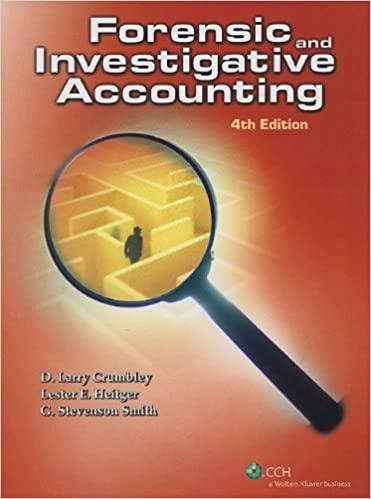Question
CH 11 #6,7, 11-15 6. Assume that Cane normally produces and sells 96,000 Betas per year. What is the financial advantage (disadvantage) of discontinuing the
CH 11 #6,7, 11-15

6. Assume that Cane normally produces and sells 96,000 Betas per year. What is the financial advantage (disadvantage) of discontinuing the Beta product line?
7. Assume that Cane normally produces and sells 46,000 Betas per year. What is the financial advantage (disadvantage) of discontinuing the Beta product line?
11. How many pounds of raw material are needed to make one unit of each of the two products?
12. What contribution margin per pound of raw material is earned by each of the two products?
13. Assume that Canes customers would buy a maximum of 86,000 units of Alpha and 66,000 units of Beta. Also assume that the raw material available for production is limited to 210,000 pounds. How many units of each product should Cane produce to maximize its profits?
14. Assume that Canes customers would buy a maximum of 86,000 units of Alpha and 66,000 units of Beta. Also assume that the raw material available for production is limited to 210,000 pounds. What total contribution margin will it earn?
15. Assume that Canes customers would buy a maximum of 86,000 units of Alpha and 66,000 units of Beta. Also assume that the raw material available for production is limited to 210,000 pounds. If Cane uses its 210,000 pounds of raw materials, up to how much should it be willing to pay per pound for additional raw materials?
Cane Company manufactures two products called Alpha and Beta that sell for $150 and $110, respectively. Each product uses only one type of raw material that costs $5 per pound. The company has the capacity to annually produce 108,000 units of each product. Its average cost per unit for each product at this level of activity are given below: Alpha Direct materials Direct labor Variable manufacturing overhead Traceable fixed manufacturing overhead Variable selling expenses Common fixed expenses Total cost per unit $ 30 26 13 $ 15 18 21 $130 16 $102 The company considers its traceable fixed manufacturing overhead to be avoidable, whereas its common fixed expenses are unavoidable and have been allocated to products based on sales dollars
Step by Step Solution
There are 3 Steps involved in it
Step: 1

Get Instant Access to Expert-Tailored Solutions
See step-by-step solutions with expert insights and AI powered tools for academic success
Step: 2

Step: 3

Ace Your Homework with AI
Get the answers you need in no time with our AI-driven, step-by-step assistance
Get Started


